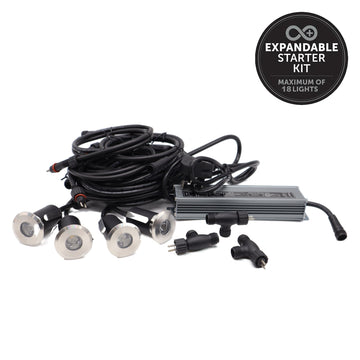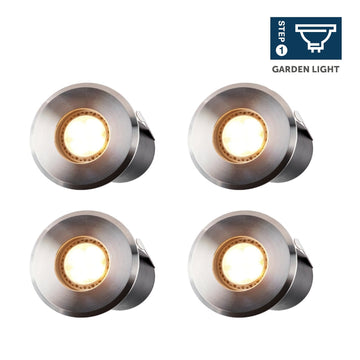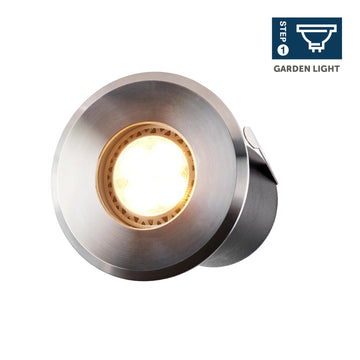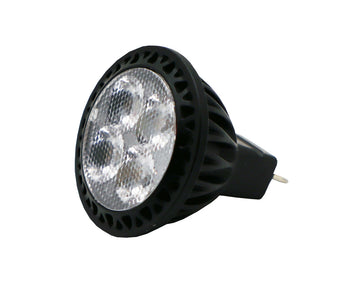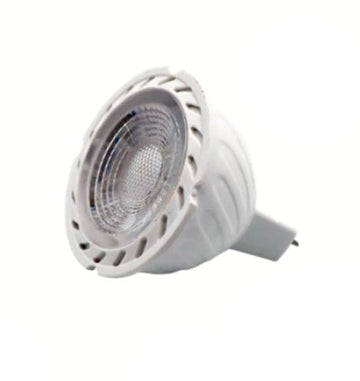Effective tips to make your fence ready for spring

Here, we explore the importance of keeping your fence clean and how to go about this to ensure you’re prepared for spring.
Why does your fence need cleaning?
During the winter months, heavy rain and additional moisture can cause problems for your fence. Not only in the way of looks, but the quality and structural integrity of your fence can be weakened too.Have a look outside when you get the chance – can you see a yellow, green or blackish growth? If so, this could be a result of mildew, mould or algae, so you’ll want to take action. Though moisture is considered to be the main cause behind this, organic growths are often accelerated in the absence of adequate sunlight, which is common during winter.
While mould is very unsightly and mainly a cosmetic issue, it can, over time, reduce the life expectancy of your fence.
Cleaning your fence
In order to eliminate any organic growth from your fence, you’ll want to find the right cleaning process – and this depends on the type of fence you have installed.

How to clean timber fencing
Timber is a porous material, meaning organic growths will eventually seep in. Your cleaning regime needs to account for that.So, to refresh a timber fence, you’ll want to use a combination of heavy-duty washing and a cleaning solution.
When it comes to choosing your cleaning solution, you have two options. Either purchase a ready-made washing solution for your fence, and we recommend getting advice from your installer on this, or simply make your own.
By mixing bleach in a bucket at a 1:5 ratio with water, or white vinegar and water at 1:1, you can make your very own fence cleaning solution. Simply soak rags in your mixture and scrub up and down your fence. Allow the solution to seep into your fence for a deep clean and then blast the fence with a power washer (garden hoses just don’t have enough water pressure).
How to clean composite fencing
Composite fencing consists of both plastic and wood materials, making it more mould and rot resistant than traditional timber fencing. This doesn’t mean your composite fence is completely safe from organic growth, but it’ll certainly take longer to develop.
In order to remove any mould that does form, cleanser should be applied to the affected area, scrubbed and rinsed with water. Unlike traditional timber fencing, composite fencing won’t need a pressure washer, but can be used if preferred.
Important note: If using a pressure washer to clean your fence, be sure to check the PSI it operates at (this is the water pressure measurement, referring to pounds per square inch). You’ll want to avoid anything too powerful. 1,500 or 2000 PSI is ideal. Anything over 3,000 could cause damage to your fence, stripping the timber and weakening the structure.

Low maintenance fencing with DuraPost®
If maintaining your fence this spring sounds like too much trouble, why not explore DuraPost®. DuraPost® is an easy-to-maintain, galvanised steel fence post system guaranteed to last 25 years. Made from steel, DuraPost® doesn’t require any ongoing treatment and is completely rot and mould resistant. After installing, you won’t have to worry about your fence posts again!
For more information on DuraPost®, get in touch with our expert team, we’re always happy to help. Alternatively, start configuring your very own fence using our DuraPost® fence builder app today.











